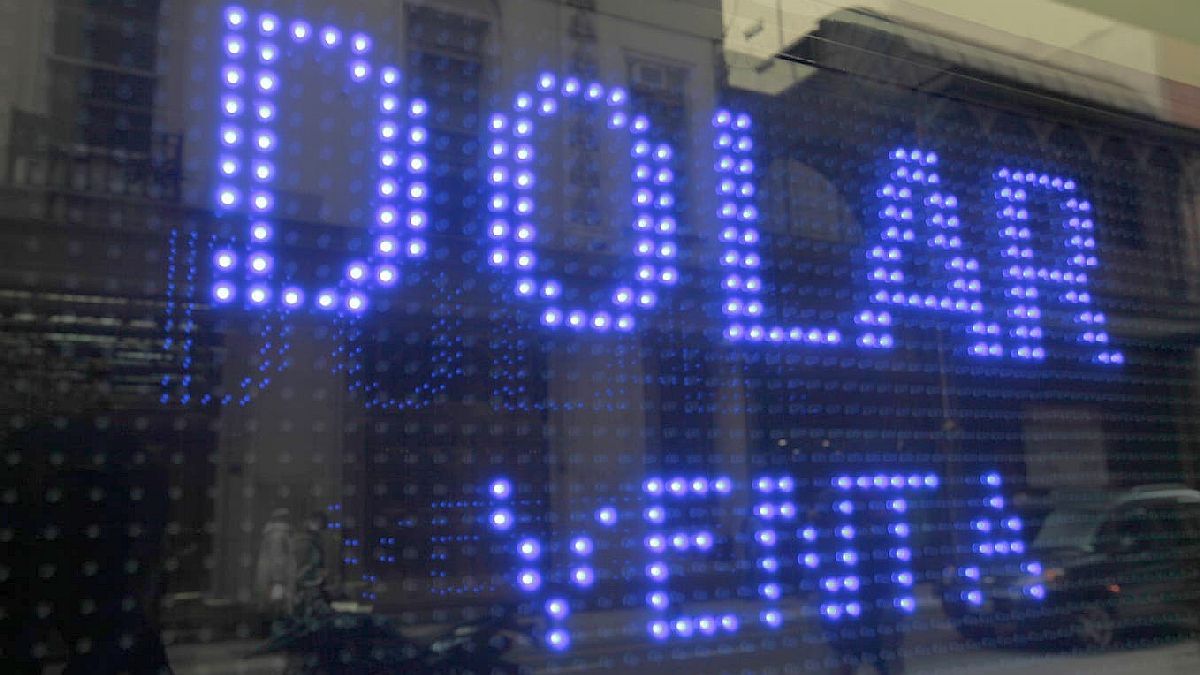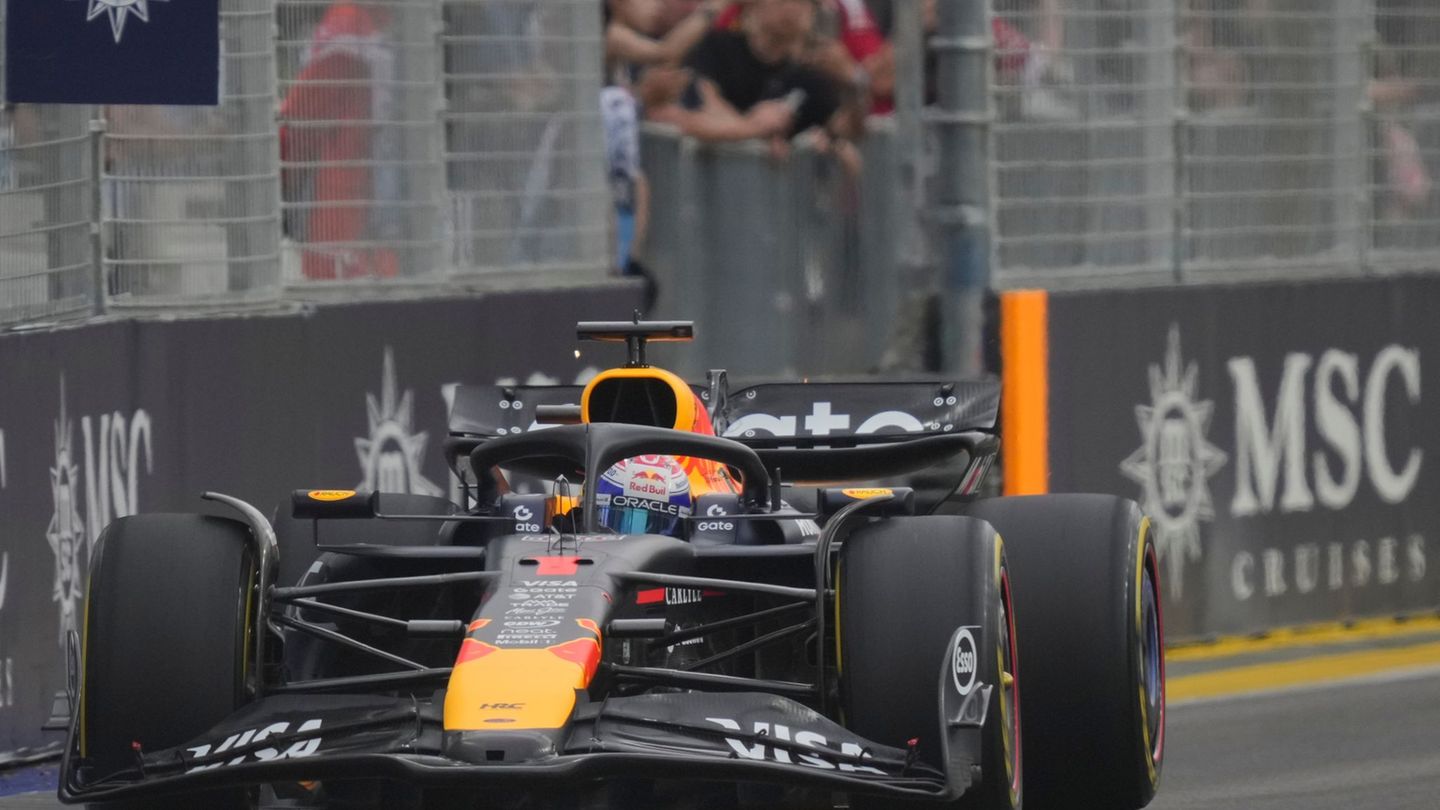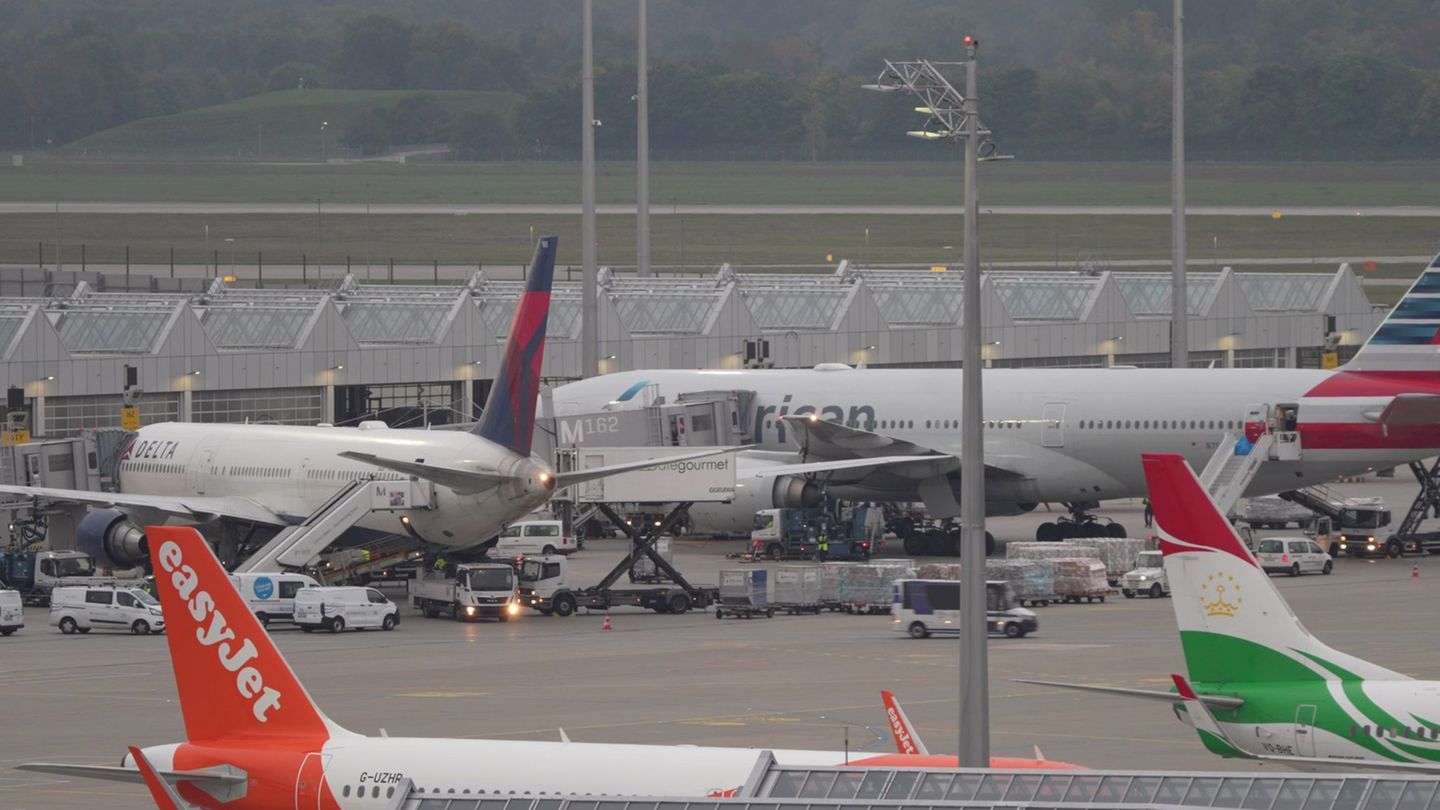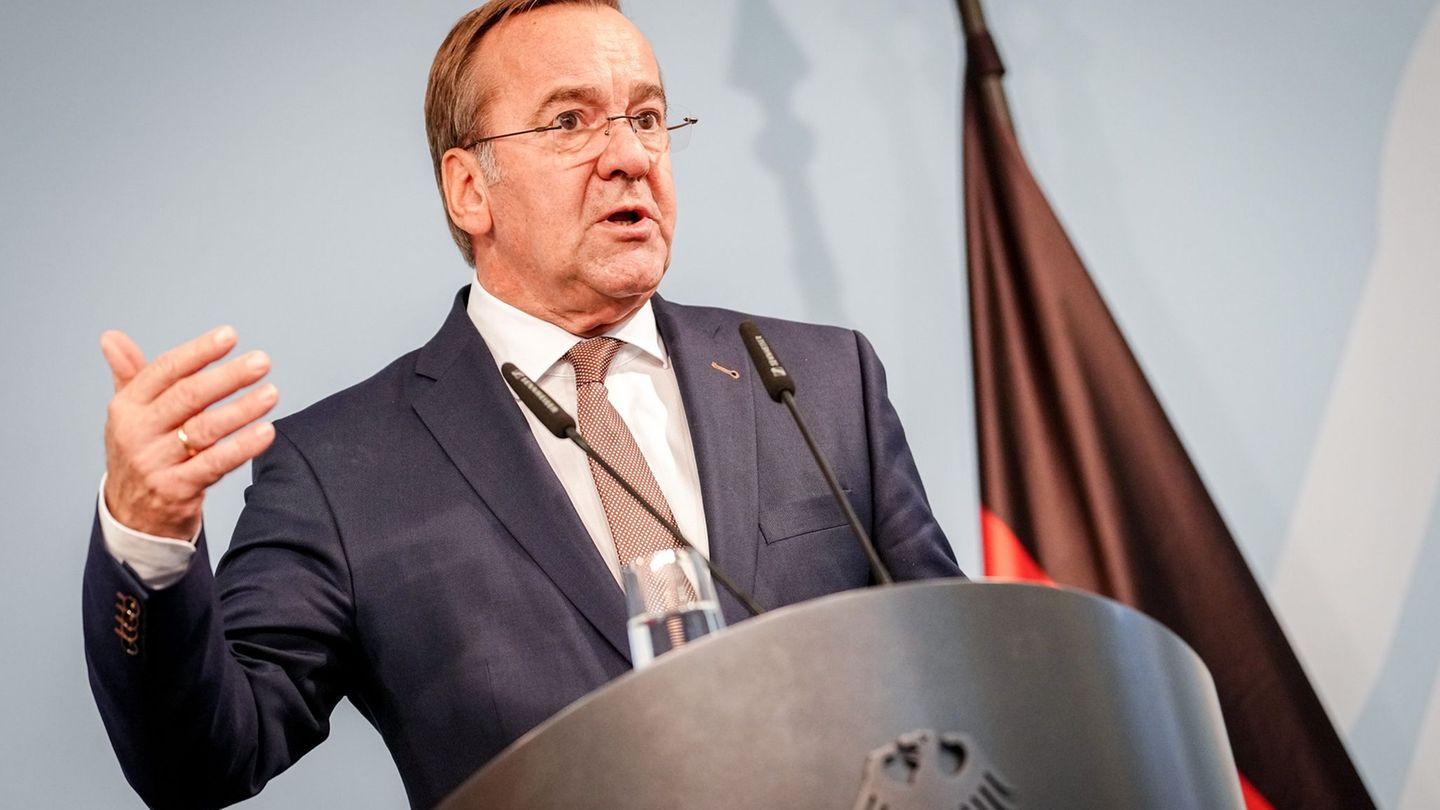In the market they affirmed that this movement was expected as a result of several factors. In the first place, due to high inflation and expectations that it will remain at these levels due to the pace of monetary issuance. In this context, the delay that the official exchange rate has shown in recent months raises expectations of devaluation, also taking into account that reserves are not abundant.
On the other hand, in the market they also argue that the greater demand for the blue dollar is probably also a correlate of the latest restrictions to operate with financial dollars and the expectation of a shortage that this caused.
The price of the dollar in the parallel market accumulates an advance of $ 8 (4.3%) so far this month. Even so, the gap is still far from the 150% noted a year ago.
In September, the blue dollar had registered a rise of $ 4.50 (+ 2.5%), after posting its lowest rise since March in August, climbing just $ 1 (+ 0.6%). Previously, after hitting a low of $ 139 in early April, the parallel dollar had risen $ 9 in April (6.4%), $ 7 (4.7%) in May, $ 11 (7%) in June, and $ 12, 50 (+ 7.4%) in July.
The nominal historical record of the blue dollar was recorded on October 23, 2020, when the price shot up to $ 195. That day the gap registered a record 150%. Meanwhile, the maximum level of the gap in 2021 was noted in January when it reached 94.8%.
David William is a talented author who has made a name for himself in the world of writing. He is a professional author who writes on a wide range of topics, from general interest to opinion news. David is currently working as a writer at 24 hours worlds where he brings his unique perspective and in-depth research to his articles, making them both informative and engaging.




